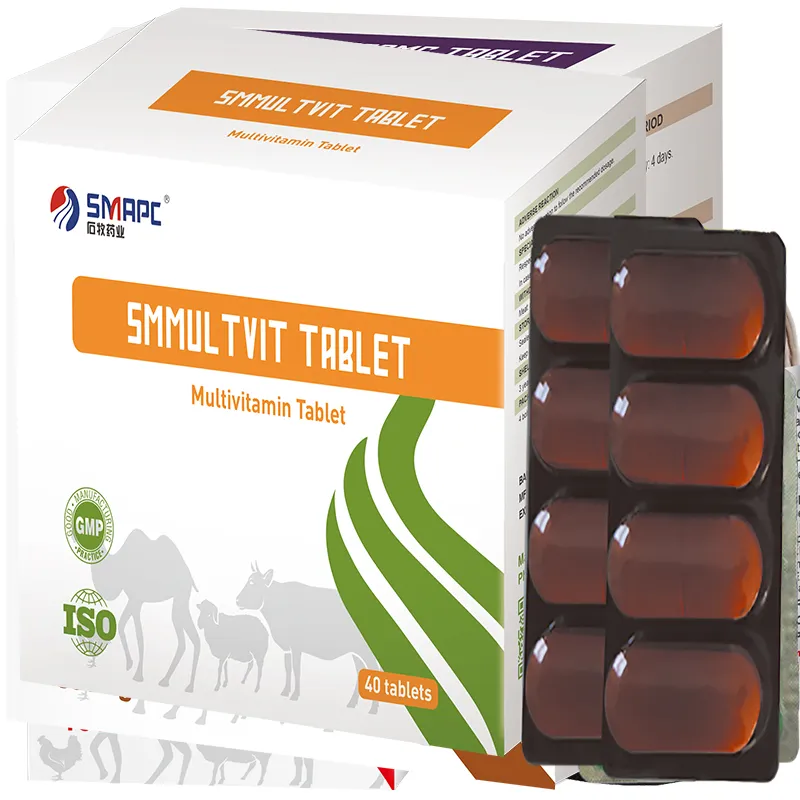Jul . 29, 2024 17:21 Back to list
Amoxicillin Injection Use in Veterinary Medicine for Treating Animal Infections and Enhancing Health
Amoxicillin Injection for Veterinary Use An Overview
Amoxicillin is a broad-spectrum antibiotic belonging to the penicillin family, widely utilized in both human and veterinary medicine. In veterinary practice, amoxicillin injection serves as a vital tool for managing bacterial infections in various animal species, including pets like dogs and cats, as well as livestock such as cattle, sheep, and pigs. Understanding the applications, dosage, efficacy, and safety of amoxicillin in veterinary use is crucial for veterinarians, animal owners, and the overall welfare of animals.
Applications in Veterinary Medicine
Amoxicillin is primarily prescribed for the treatment of a range of bacterial infections that affect animals. These may include respiratory infections, skin infections, urinary tract infections, and gastrointestinal infections. The antibiotic works by inhibiting the synthesis of bacterial cell walls, ultimately leading to the destruction of the bacteria and the resolution of the infection. Its broad-spectrum action makes it effective against both Gram-positive and some Gram-negative bacteria, which are often implicated in infections seen in veterinary cases.
The versatility of amoxicillin allows it to be used in various formulations, including oral tablets, capsules, and injectable forms. The injectable version is particularly advantageous when rapid action is needed, or when the animal is unable to take oral medications due to illness.
Dosage and Administration
The administration of amoxicillin must be performed under the guidance of a licensed veterinarian, who will determine the appropriate dosage based on the type of animal, the severity of the infection, and the overall health condition of the patient. Typically, dosages vary, but a common range for dogs and cats may be around 5-10 mg per kilogram of body weight, administered every 12 to 24 hours.
Injectable forms of amoxicillin are often chosen for immediate therapeutic effects
. The injection can be administered intramuscularly or subcutaneously, and proper injection techniques are crucial to ensure the safety and comfort of the animal.amoxicillin injection for veterinary use

Efficacy and Resistance
Amoxicillin is generally well-tolerated and effective for treating bacterial infections; however, like all antibiotics, its efficacy can be compromised by the development of antibiotic resistance. Overuse or inappropriate use of antibiotics in veterinary medicine can contribute to the rise of resistant bacterial strains, posing risks not only to individual animals but also to public health. Therefore, responsible usage, guided by veterinary oversight, is essential to maintain the effectiveness of amoxicillin.
Veterinarians are advised to conduct culture and sensitivity testing when appropriate, particularly in cases of chronic or recurrent infections, to ensure that the bacteria are susceptible to amoxicillin. This practice helps to minimize the risk of resistance and ensures the best possible outcomes for animal health.
Safety and Side Effects
Amoxicillin injection is generally safe for most animals; however, some may experience side effects, including allergic reactions. Symptoms may include hives, itching, swelling, or difficulty breathing. In rare cases, gastrointestinal upset may occur, leading to vomiting or diarrhea. If any adverse effects are observed, veterinary intervention is necessary.
It's also vital to consider the potential effects on food animals. Amoxicillin residues can remain in meat and milk, which is why there are specific withdrawal times established to ensure that these products are safe for human consumption. Farmers and livestock producers must adhere to these guidelines to prevent antibiotic residues in the food supply.
Conclusion
In summary, amoxicillin injection represents a cornerstone in the treatment of bacterial infections in veterinary medicine. Its effectiveness, versatility, and relative safety make it a commonly used antibiotic among veterinarians. However, with the increasing concern over antibiotic resistance, responsible use, and adherence to veterinary recommendations are crucial for safeguarding both animal and public health. As veterinary practices continue to evolve, ongoing education and research will be key in optimizing the use of antibiotics like amoxicillin in ensuring the welfare of animals and the safety of the food supply.
-
Vital Solutions for Healthy and Productive SwineNewsJul.08,2025
-
Veterinary Powder Is VitalNewsJul.08,2025
-
Understanding Prescription Drugs for AnimalsNewsJul.08,2025
-
Understanding Poultry MedicineNewsJul.08,2025
-
The First Line of Defense in Animal HealthNewsJul.08,2025
-
Role of Veterinary Drug in Modern Animal HealthcareNewsJul.08,2025
Products categories







